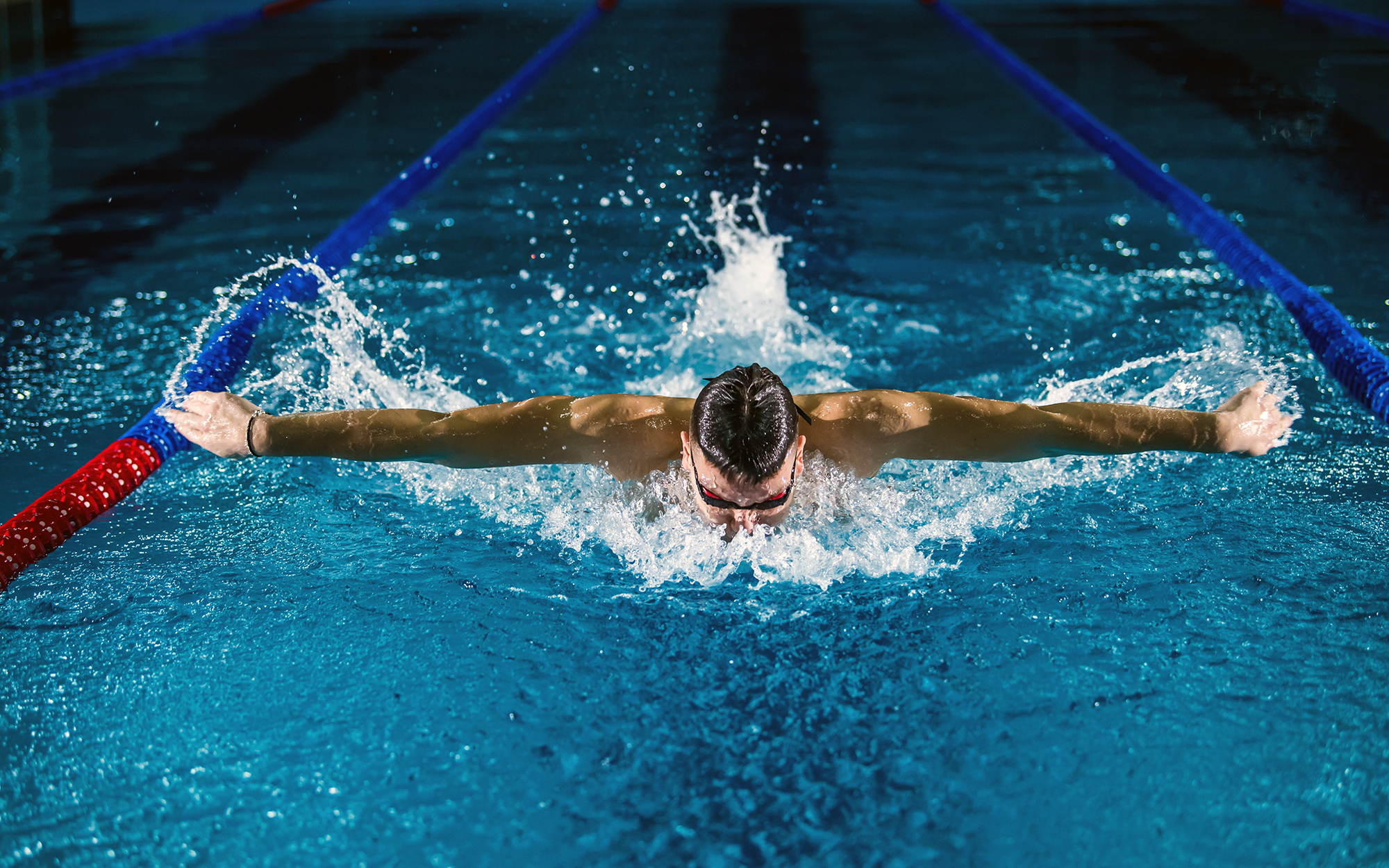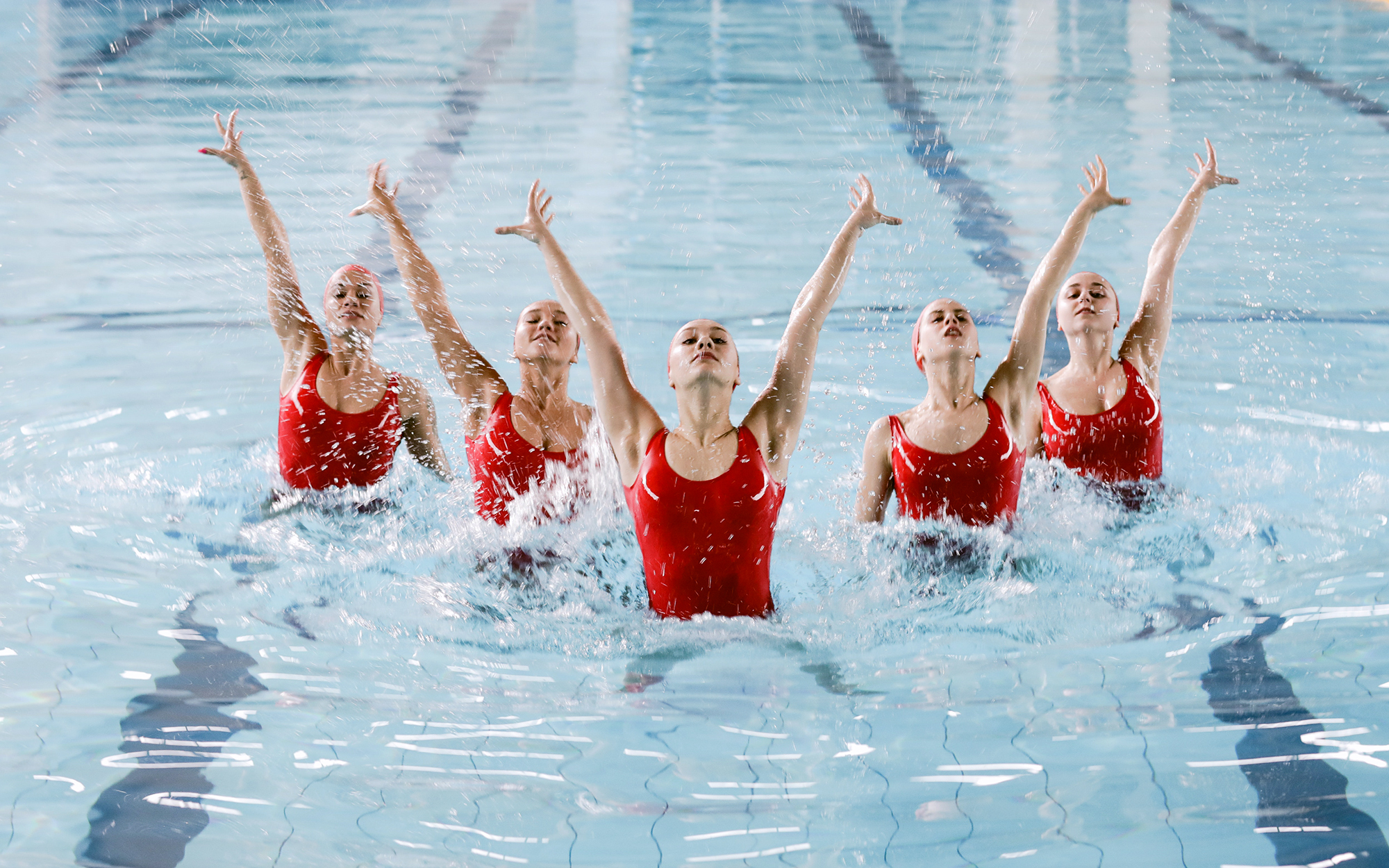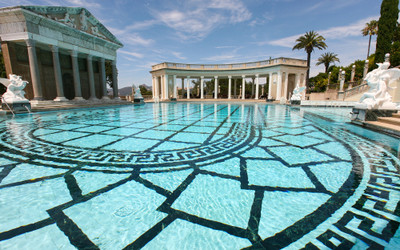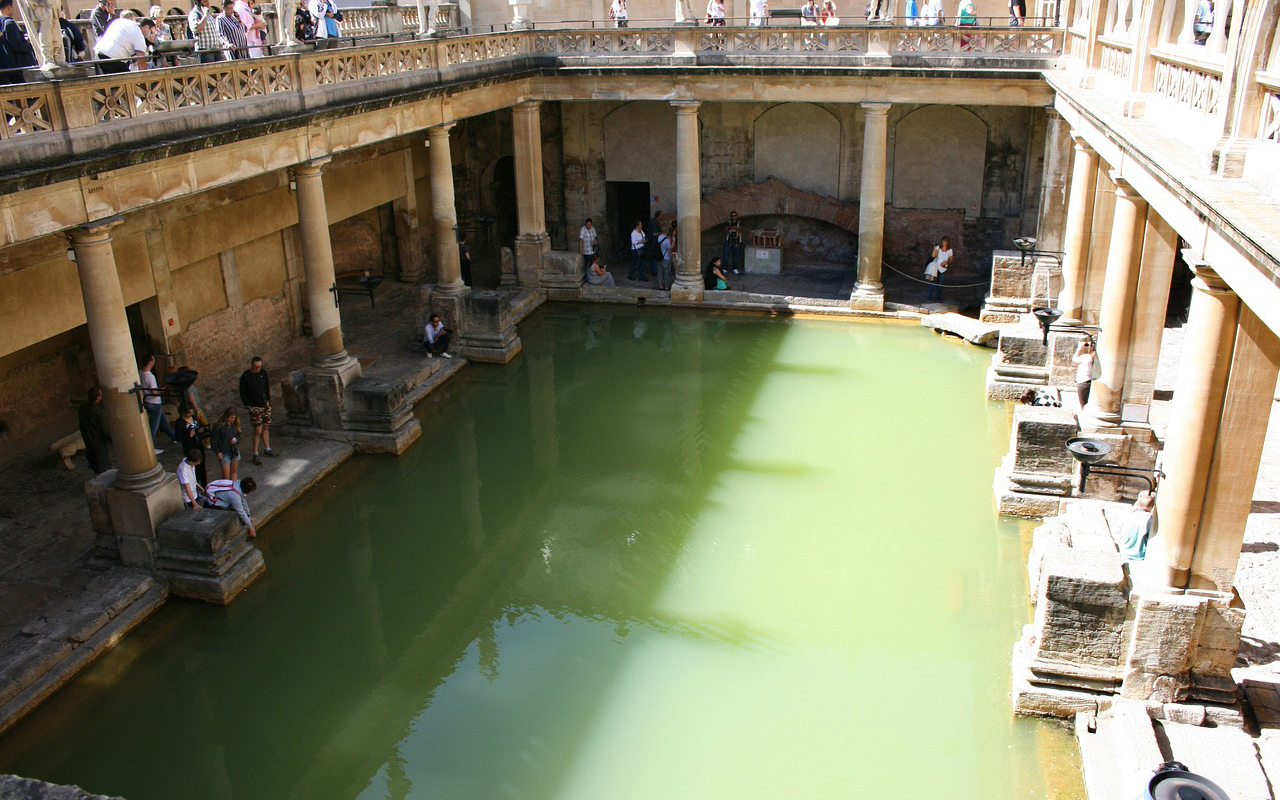Who Invented Swimming Pools? 3,000 Years in the Water
19th Jun 2023
If you’re a swimmer, propelling yourself across the water may seem second nature. However, humans are among the few mammals for which swimming does not come naturally. In fact, our body structure is more suited to drowning than swimming.
Remember, someone had to teach you how to swim and it took a lot of practice to learn to swim well.
Swimming in Ancient Times
Anthropologists believe the first swimmers took to the water in search of food, according to The New York Times. “The earliest known records of swimming…show Assyrian soldiers of the ninth century B.C. swimming a stream with the aid of inflated animal bladders.”
Fast forward a few thousand years to ancient Pakistan and The Great Bath, the first known man-made swimming pool.
Who Invented the Swimming Pool?
The ancient Greeks swore by their pools, but they served a hygienic, not recreational purpose. The Romans, too, commonly practiced public bathing. In fact, Roman diplomat Gaius Maecenas is credited with installing the first heated pool about 100 AD.
When the Roman Empire fell, bathing went out of fashion for roughly the next 1300 years.
Modern Swimming Pools
Swimming pools started coming back into style in early 19th Century Great Britain. After six public pools were built in London in 1837, people started to think of swimming as a form of recreation.
The Cabot Street Bath was the first public pool in the U.S. Opened in 1868, the Boston, Massachusetts facility consisted of two indoor pools, one for men and one for women, created primarily to promote good hygiene among working class residents.
The first modern Olympic Games, held in Athens, Greece, in 1896, featured four swimming events. Lacking money to build a pool, the events were held in the ocean.

Swimming pools entered a golden age in the 1920s, with construction of some of the era's most glamorous pools, like the Neptune Pool at Hearst Castle and the Vanderbilts’ 70,000 gallon heated indoor swimming pool at the Biltmore Estate.
Other notable swimming pools of the time include the Richmond Municipal Natatorium (Richmond Plunge) and Berkeley City Club, in California, and the Waikiki Memorial Natatorium, built in 1927 to honor veterans of WWI.
By the 1940s, Hollywood stars like Esther Williams and Johnny Weissmuller had made swimming glamorous and Americans began dreaming of swimming pools of their own.
The dream became more attainable and more affordable with the introduction of above ground pools framed in steel and aluminum. Over the years, continual improvements in construction and water circulation made backyard swimming pools common across the U.S.
Swimming Pool Statistics
Today, there are about 10.4 million residential swimming pools and 309,000 public swimming pools in the United States, according to Pool Research. The states of Florida and California contain the most swimming pools. However, while there is one swimming pool for every 29 California residents, Florida has a pool for every 14 residents and Arizona boasts a swimming pool for every 13 residents!
Pool costs vary by size and construction. Forbes notes the average cost of an inground pool is about $35,000. Expect add-ons like a hot tub and pool lighting to drive up the price.

The Future of Swimming
The interest in both residential and commercial swimming pools continues to climb, with the swimming pool installation market expected to grow by more than 3% in the next five years.
Swimming and diving competitions are common in high schools and colleges across the U.S. USA Swimming, the national governing body for the sport of swimming in the United States, boasts 3,100-plus clubs with more than 400,000 members.
In addition, the Red Cross provides swim training for more than two million people each year. Swimming is the fourth most popular recreational sport in the U.S. and the most popular recreational activity among children and teens age 7 to 17. And unlike the first Olympics, Olympic water sports now include synchronized swimming and water polo.
People swim for exercise, relaxation, stress relief and physical therapy. Pools are good business, too: Swimming pools are immensely popular at health clubs and hotels. Clearly, the sport of swimming has expanded well beyond the ancient practice of public bathing.
So, the next time you’re enjoying a refreshing dip, take a minute to ponder the long history of the swimming pool!
SHOP LEARN TO SWIM AIDS
SHOP POOL SUPPLIES
SHOP POOL FLOATS
You may also like:
5 Tips for Pool Safety
10 Classic and New Games for Your Kids’ Best-Ever Pool Party

